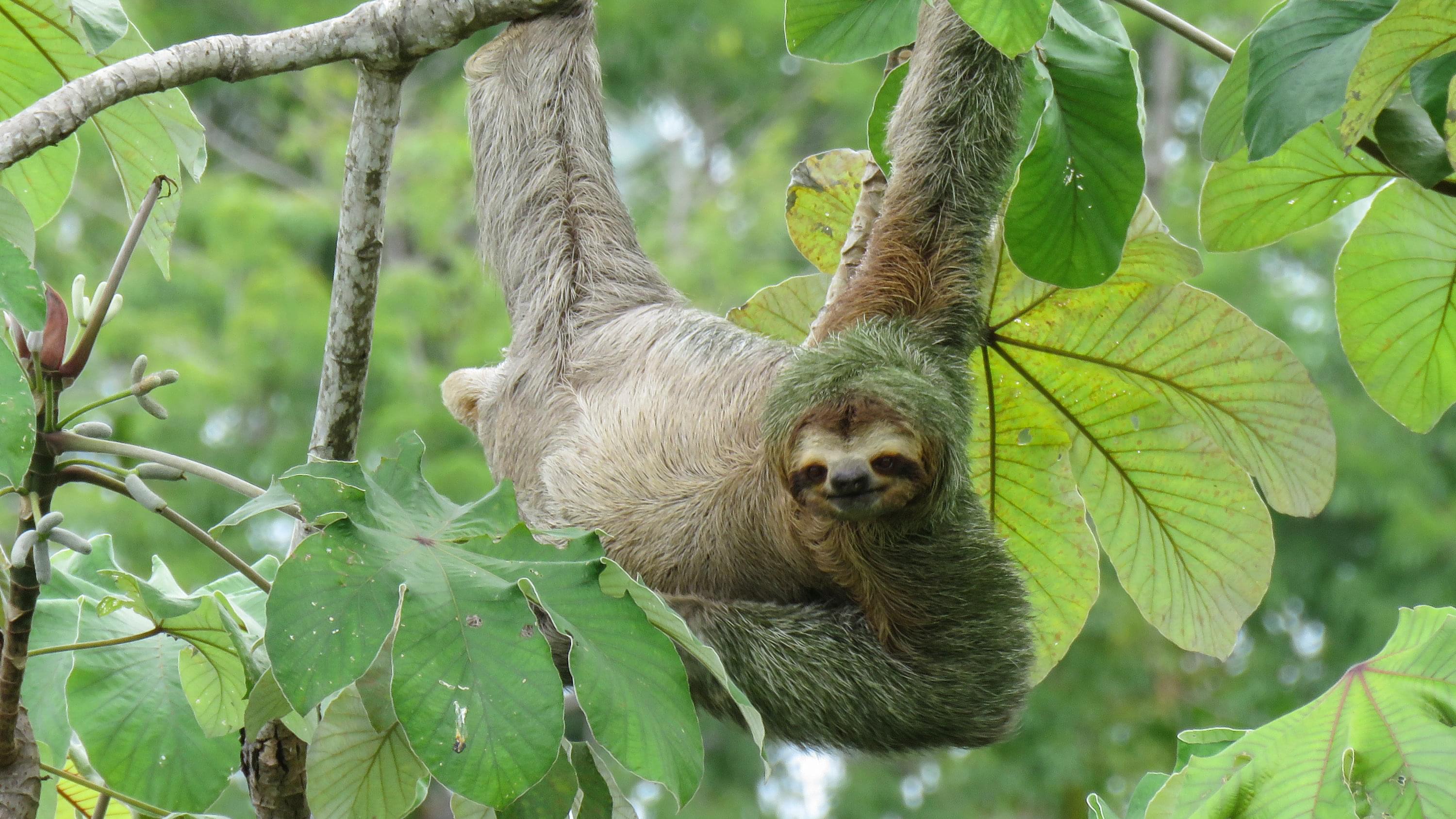El perezoso de Costa Rica

The Costa Rican sloth is a fascinating animal that has managed to adapt perfectly to the environment in which it lives. Known for its calm nature and relaxed pace of life, this animal has been the subject of study for many biologists and nature lovers.
The Costa Rican sloth, also known as the three-toed sloth, is an arboreal animal that inhabits the tropical forests of Central and South America. It is characterized by its thick, woolly fur, rounded head and flattened nose. It also has long, strong arms and sharp claws that allow it to hang from tree branches with ease.
Despite being a slow and clumsy-looking animal, the Costa Rican sloth is very adept at moving among the branches of trees. In fact, its slow pace of life and lack of haste to move around allows it to save energy and adapt perfectly to its environment. Costa Rican sloths spend most of their time sleeping or resting, and only come down from the trees to defecate or to change trees.
Costa Rican sloths are herbivores and feed mainly on leaves, shoots and fruits. Although their diet is quite limited, they have managed to develop a specialized digestive system that allows them to efficiently process and digest the nutrients in the food they eat.
Although the Costa Rican sloth is a very interesting animal, it also faces threats in its natural environment. Deforestation and habitat fragmentation are two of the main threats faced by this species, which have led to a decline in its population. In addition, poaching and illegal animal trafficking have also had a negative impact on the Costa Rican sloth population.
In conclusion, the Costa Rican sloth is a fascinating and unique animal that has managed to adapt perfectly to its natural environment. Its relaxed lifestyle and tranquil nature make it one of the most interesting and beloved animals of the Costa Rican fauna. However, it is important to remember that this species faces threats and that we must take measures to protect its habitat and guarantee its survival in the future.

